As a model for the highly integrated and comprehensive application of the new generation of information and communication technologies, the Internet of Things is merging with economic and social depths and profoundly changing production activities, social management and public services. With the popularization and deepening of IoT technology in various industries, human society is entering a new era of "all things being interconnected", tens of billions of new devices such as wearable devices, smart appliances, autonomous vehicles and smart robots will be connected Into the network, but also makes the Internet of Things become the world's most active technological innovation, the most widely used space, one of the areas. Cloud computing, big data, a new generation of mobile communications technology and intelligent perception, industry applications intertwined, stirring integration, continue to stimulate innovation and vitality, a new impetus for the development of the Internet of Things. As one of the most important technologies at home and abroad, blockchain technology may have a significant impact on future technological innovation and industrial transformation. How to locate and apply the blockchain technology in the Internet of Things deserves further consideration and discussion. Blockchain technology and application The concept of the blockchain was first proposed by the late Satoshi Nakamoto in a paper published in the Bitcoin Forum in late 2008. The blockchain technology in the dissertation is the basic technology to construct the bitcoin data structure and transaction information encryption and transmission. This technology realizes the bitcoin mining and trading. Blockchain is an integrated application of distributed digital storage, point-to-point transmission, consensus mechanism and encryption algorithm. In a narrow sense, a blockchain is a chain of data structures that are chronologically linked in a sequential order and are cryptographically secured, unreadable and unforgetable distributed ledgers. Broadly speaking, blockchain technology uses blockchain data structures to verify and store data, uses distributed node consensus algorithms to generate and update data, and uses cryptography to ensure data transmission and access security. Using intelligent contracts A New Distributed Infrastructure and Computing Paradigm for Programming and Operating Data. Compared with the traditional database technology, the blockchain has three characteristics: First, the data can not be tampered with; Second, the system collective maintenance; Third, the information is open and transparent. At the same time, compared with the traditional database technology, the blockchain technology at this stage has a small data throughput and a large read / write latency, making it more suitable for reliable storage and processing of low-frequency and small data. From the existing blockchain technology application, the blockchain infrastructure is generally composed of data layer, network layer, consensus layer, incentive layer, contract layer and application layer. Among them, the data layer encapsulates the underlying data blocks and related data encryption and time stamping technology; network layer includes distributed networking mechanism, data propagation mechanism and data authentication mechanism; consensus layer of the main network nodes encapsulated various consensus algorithms ; Incentive layer integrates economic factors into the blockchain technology system, mainly including the issuance mechanism and allocation mechanism of economic incentives, etc .; the contract layer mainly encapsulates all kinds of scripts, algorithms and smart contracts, which are the basis of the programmable features of blockchain; The application layer encapsulates the various applications of the blockchain. In this model, the chain block structure based on timestamp, the consensus mechanism of distributed nodes and the flexible programmable smart contract are the most innovative technical aspects of blockchain technology. The exploration of the global blockchain application is very active and overall it is still in the small-scale proof-of-concept stage. The current blockchain technology is mainly applied in two aspects: The first is the direct exchange of data in the absence of mutual trust and lack of intermediation between different agencies or individuals. Blockchain technology is derived from Bitcoin and is the underlying data storage technology for bitcoin, so finance is the hottest area for blockchain applications. As early as 2012, the US Ripple Company introduced blockchain technology to provide cross-border transfer, clearing and payment services for a number of banks. Compared with the traditional channels such as SWIFT (Inter-bank Financial and Telecommunications Association), Ripple can save 1/3 procedures Fees, the cross-bank reconciliation and other operating time compressed from a few days to a few seconds. The application of blockchain in such financial scenarios as digital currency, payment and settlement, securities trading and mutual insurance is also highly valued. In addition, in the energy sector, US firm Brooklyn MicroGrid and others use blockchain technology to enable users of smart grids to exchange power resources flexibly without having to go through power companies. In the medical field, Swiss company HealthBank and US company Gem use blockchain technology to store medical data and help many hospitals and medical institutions directly exchange electronic medical records. The second is for the preservation of important data and reliable storage. The use of blockchain can not be tampered with, the important data (such as ownership, agreements, bills and other legal instruments) to become the application of the preservation of hot spots. At present, Estonia, Georgia and other national governments are trying to use blockchain technology to register important assets and carry out land registration, business registration, electronic tax registration and other important information. US law firm Pryor Cashman launched Monograph, the trading platform for digital products (such as music and video), using blockchain technology to address the issue of ownership and certification of digital artwork. The domestic website "Security Network" authenticates the authenticity of the electronic information such as identity information, operation records and insurance vouchers in the insurance business through the blockchain technology and links with the notary office and forensic center to provide notary Books, forensic reports and other services. Application of Blockchain Technology in Internet of Things It should be said that the core value of the blockchain is to establish an open and transparent rule by using the algorithm of the program. Based on this, a trust network will be established to ensure the trust between the peer-to-peer and the transaction security. This abandons the traditional Centralized third-party organizations, but also eliminates the need for a unified account updates and verification links. With the continuous expansion of the scale of the Internet of Things, a series of challenges including building a "giant system" of 10 billion devices, security and privacy protection of the Internet of Things, data authenticity assurance, system scalability and information sharing, Technical space is very broad. Overall, blockchain technology in the Internet of Things applications mainly in the following three aspects. The core concept of the Internet of Things is to convert the hidden data of the physical world into explicit data through sensors and other sensing devices, and then obtain the operating rules and related knowledge of the objective world from the explicit data. As a projection of the physical world in the network information space, the Internet of Things has higher requirements for the authenticity of data in the process of generation, transmission and processing. This is also one of the main directions that the blockchain technology may be used in the Internet of Things. In product traceability, car networking and other fields have a vast application space. Take product traceability as an example. Product traceability is one of the important application fields of IoT technology. At present, it is widely used in tracing the origin of agricultural and animal husbandry products, tracing the raw materials and spare parts for industrial production, and counterfeiting of consumer products. The main implementation is to assign a unique identifier (such as RFID tag, QR code, etc.) to the retrospective product, information about the related product in the identifier (such as the country of origin, manufacturer's information, etc.) Products of enterprises or consumers through the identification device (such as RFID reader, mobile phone QR code scanning, etc.) to read the information in the logo, to achieve the traceability of product information, the authenticity of the query function. In the process of product traceability, the application of blockchain technology can form a multi-party participation and information transparency, sharing, fidelity traceability chain. In the production, processing, marketing and other areas of the establishment of blockchain ledger, the establishment of genuine traceability full chain path, direct end-use or consumers. Take the meat product as an example, traceability chain structure is shown in Fig.1. < 1 2 3 >
Shaped Hole Spinneret,Customized Starhole Spinneret,Jier 3C Spinneret,Customized Star Hole Shaped Spinneret
spinneret hole of various hole shape for spinning machine line
Shaped Hole Spinneret,Customized Starhole Spinneret,Jier 3C Spinneret,Customized Star Hole Shaped Spinneret Changzhou Jier Precision Machinery Manufacturing Co., Ltd. , https://www.jier-spinneret.com
2. Size: Customized
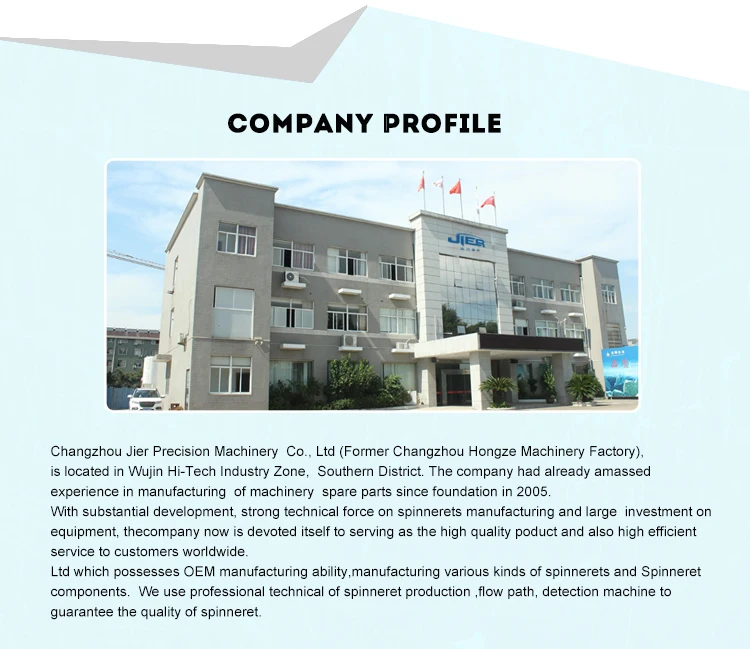
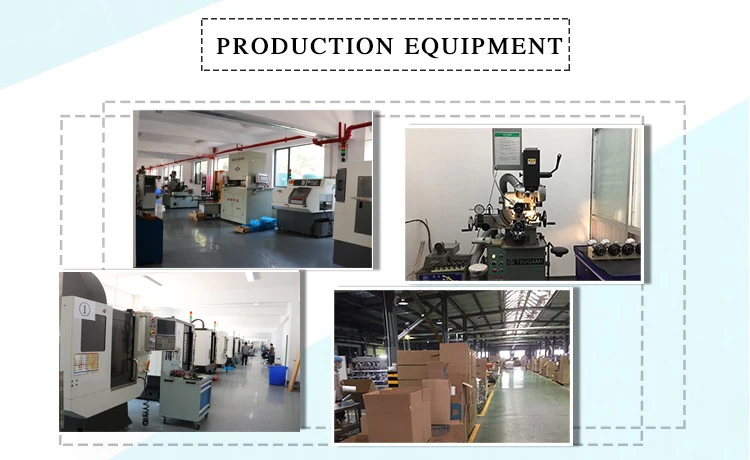
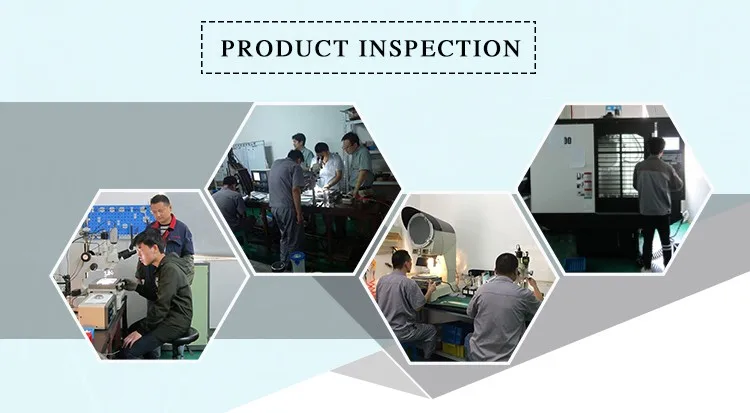
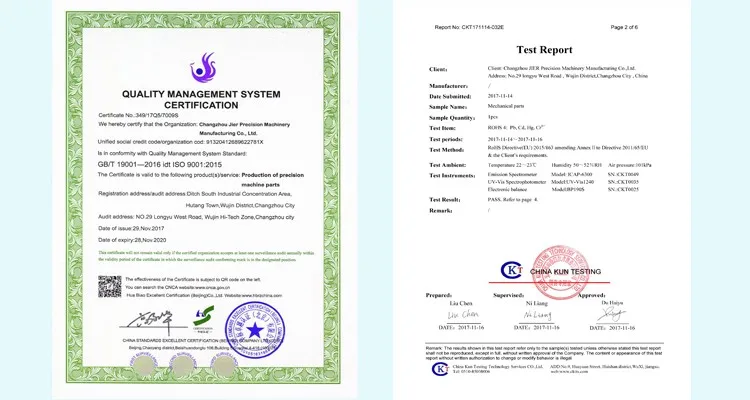
Delivery Details : 30 working days
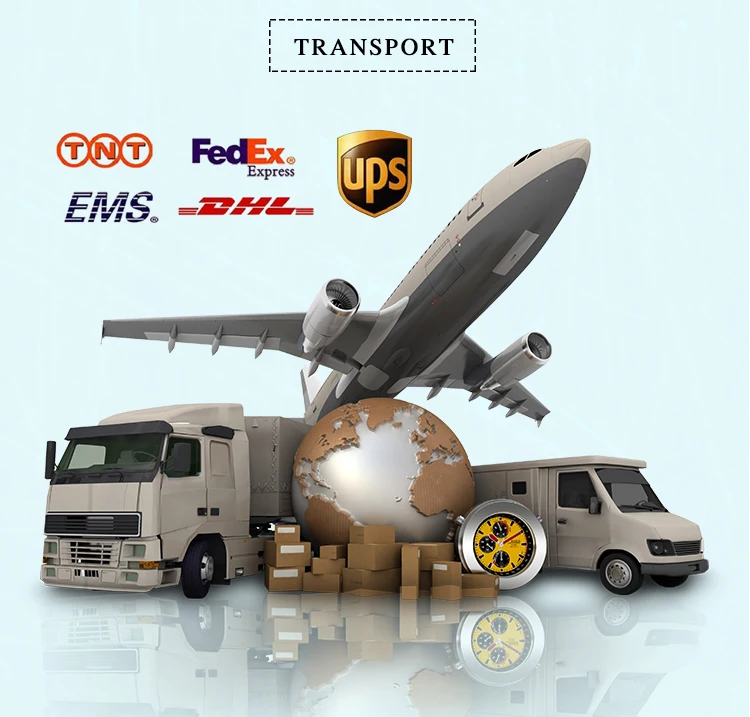
Q: Are you trading company or manufacturer ?
Q: Do you provide samples ? is it free or extra ?
Q: What is your terms of payment ?
If you have another question, please feel free to contact us.
Application of Blockchain Technology in Internet of Things
1. Grade: SUS431/SUS630
Product Name
Special hole Molds
Material
Stainless Steel
Grade
SUS630/SUS431/SUS316
Smoothness of Surface
Mirror
Brand
JIER
Ude
Extrusion Machine
Why Choose Us
Changzhou JIER precision machinery manufacturing Co., Ltd is specializing in the production of various kinds of spray wire plate.We have introduced comprehensive domestic and foreign advanced spray wire plate. For years, through the production process ,technology process and high precision machining testing equipment continuously and automatically innovation and training, together with all staff meticulous work attitude, our spinneret manufacturing level completely meet your requirements of stringent quality of products .
Packing & Delivery
Packing Details : Packing, cardboard box or wooden case
FAQ
A: We are factory. And we can supply spinning packs according to your requirements.
A: Yes, we could offer the sample for extra charge and do not pay the cost of freight.
A: Payment<=1000USD, 100% in advance. Payment>=1000USD, 30% T/T in advance, balance after the goods have been manufactured. We will arrange the shipment after your payment.